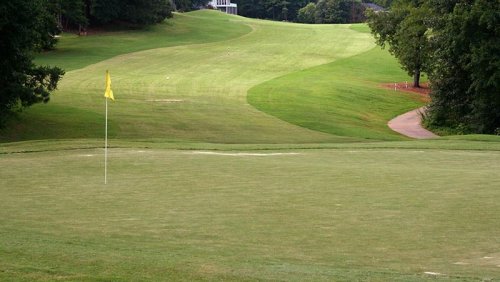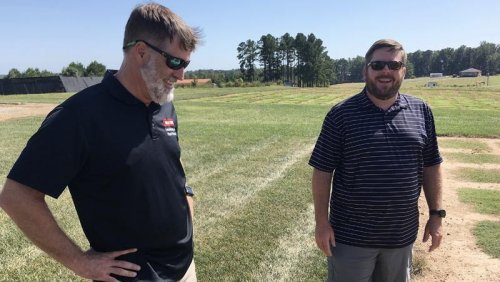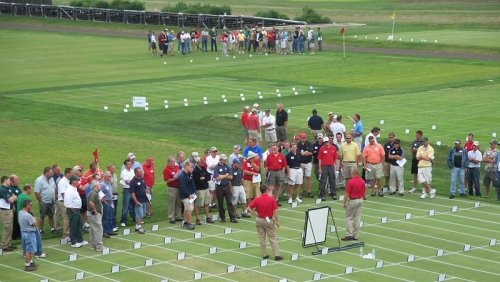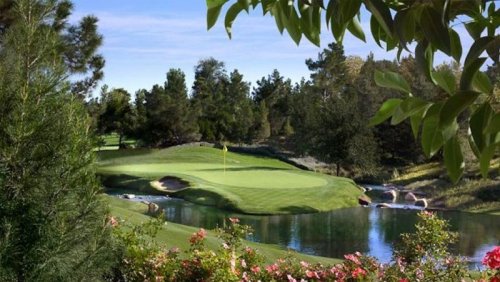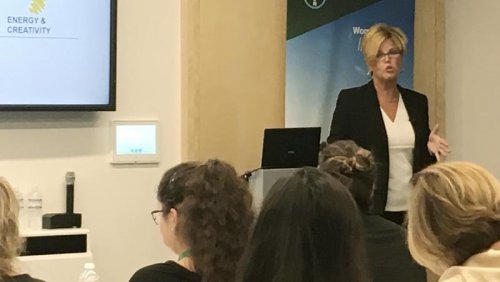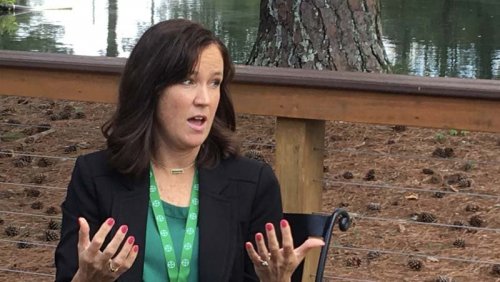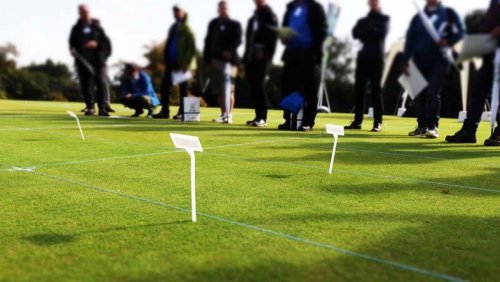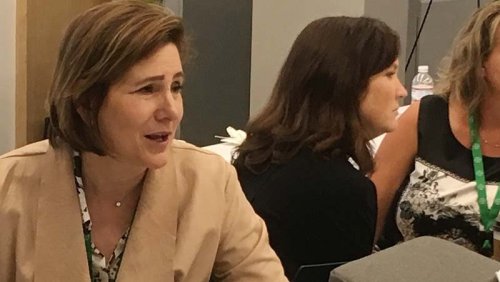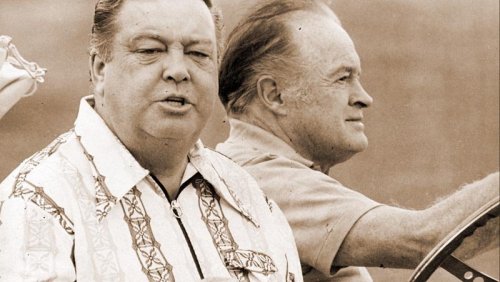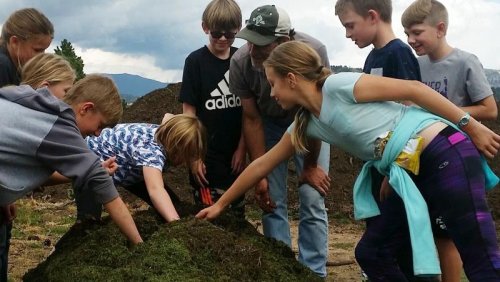
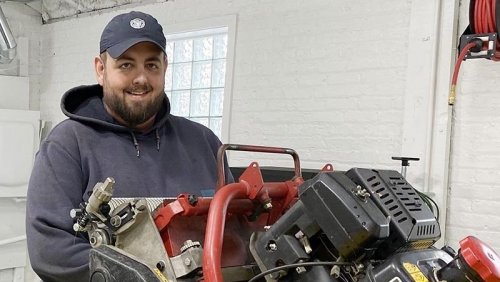
After a quick two-year stint as a superintendent, DeLoof, 30, traded in for a career in the maintenance facility as the assistant equipment manager at Medinah Country Club near Chicago.
"My dad was always in the automotive industry, so as soon as I was old enough I would go out in the barn with him and help with whatever it might be; lawnmowers, cars, four-wheelers, jet skis, snowmobiles," DeLoof said. "I was doing brake jobs by age 13."
After prepping under names like John Zimmers, Tim Kennelly and Kyle Callahan, DeLoof finally got that first shot at being a superintendent in 2016 when he took over at Henderson Country Club in western Kentucky.
Two years later, after a succession of 80-hour weeks and little time off over a lengthy golf season and an overwhelming feeling of isolation, DeLoof had enough.
"I tried to go to the gym a couple times a week, but when you get up to go to work at 4:30 in the morning and you're not getting off until 6 o'clock at night, it's hard to make time for yourself. Then by the time you eat dinner, it's 7:30 or 8 o'clock, and you're ready for bed," DeLoof said. "Down in Kentucky, the golf season starts in the middle of March and never really ends until the middle of November, so I had about eight months of 80-plus hours a week and no real life outside of work.
"Everything together was bringing me down."
For DeLoof, a native of Battle Creek, Michigan and a graduate of the Michigan State University turf program, clearly it was time for a change.
"I always enjoyed being on the golf course. I enjoyed the work, but not being able to leave work behind was starting to get to me," he said. "It changed me as a person. It's not like I was drinking a lot or anything like that, but I could tell my body wasn't reacting to it well. I was always stressed out, always worried about work. I realized at that point I needed to make a change for myself."
After a phone call to a former colleague, that was made partly in jest, DeLoof's life quickly changed.
After preparing for a career as a golf course superintendent, Aaron DeLoof is happy as assistant equipment manager at Medinah Country Club. Prior to getting the head superintendent job at Henderson, DeLoof was an assistant under Callahan at Victoria National in Newburgh, Indiana. There he and equipment manager Brian Bressler became close friends before the former left for western Kentucky and the latter moved up to become head wrench turner at Medinah under Steve Cook.
"He called me one day just to see how I was doing," Bressler said. "He asked if I needed an assistant. I think he was joking, but I actually needed an assistant. I knew he had been a spray tech and he could turn reels, and I needed someone. That's how it happened."
Always in the conversation for a major event, Medinah's No. 3 Course was the site of the U.S. Open in 1949, 1975 and 1990, the PGA Championship in 1999 and 2006 and was the host course for the 2012 Ryder Cup Matches. The Tour's now-defunct Western Open was played at Medinah in 1939, 1962 and 1966. In August, the 1928 Tom Bendelow design was home to this year's BMW Championship.
At first glance, it appeared that DeLoof had jumped from the frying pan into the fryer. A 54-hole fryer - with a PGA Tour event on the horizon and 450 pieces of equipment that includes 70 walkmowers, 13 fairway units, 8 triplex mowers, 12 rough mowers and 25 push units.
Instead, the change was immediate for DeLoof, who said Bressler was not the only reason he decided to pull the trigger on the change to Medinah.
"Obviously, I had a history with Brian, and that's one of the big reasons I came here," DeLoof said. "But I also know a lot of guys who worked for Steve in the past, and he's one of the few who can say your family and your life come first, and the golf course, it will be here tomorrow."
Cook is in his second season at Medinah after a long career at Oakland Hills near Detroit, where he was the host superintendent of the 2004 Ryder Cup. He said DeLoof brings a unique perspective to the shop.
"His 'superintendent eyes' have been valuable on the golf course," Cook said. "It's like having another superintendent on staff. He brings that turf knowledge into the shop and it makes our operation better."
That said, DeLoof said the switch has been a welcome change.
"I miss being out on the golf course, but I still get to be around all the guys on the crew," DeLoof said.
"I don't mind working six days a week as long as there are a couple of short days in there. I don't mind watering, but I don't like doing it in the middle of a 12- or 14-hour day.
"After the BMW, Steve came up to us all and told us to take a week off. He didn't give us the option, he told us to schedule it in the next month because he didn't want everyone to get burned out. It was a grind four three months with not a lot of days off, and we all understood that. But for him to come through like he did, telling us to take a week off to recover, that went a long way with us."
DeLoof's unique skill set that includes mechanical aptitude, work ethic and management experience put him on the fast track in his new career.
"He's a quick learner. He's definitely smarter than the average bear," Bressler said. "It's not going to take long before he's ready to have his own ship."
- Read more...
- 3,977 views


